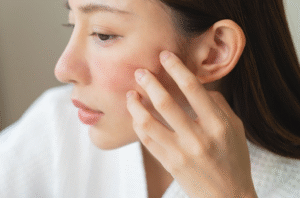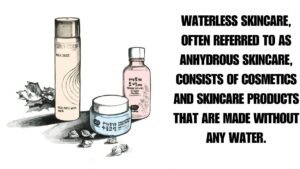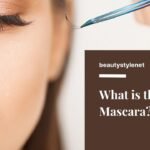Mascara aims to darken and define eyelashes. It contains oils, waxes and polymers to coat lashes as well as pigments like carbon black for color. While some contain chemicals more natural options use plant oils and waxes without controversial ingredients.
It is one of the most widely used eye makeup products. But what exactly goes into this black wand that we swipe across our lashes each morning? Let’s take a deeper look into the composition of mascara.
What is mascara?
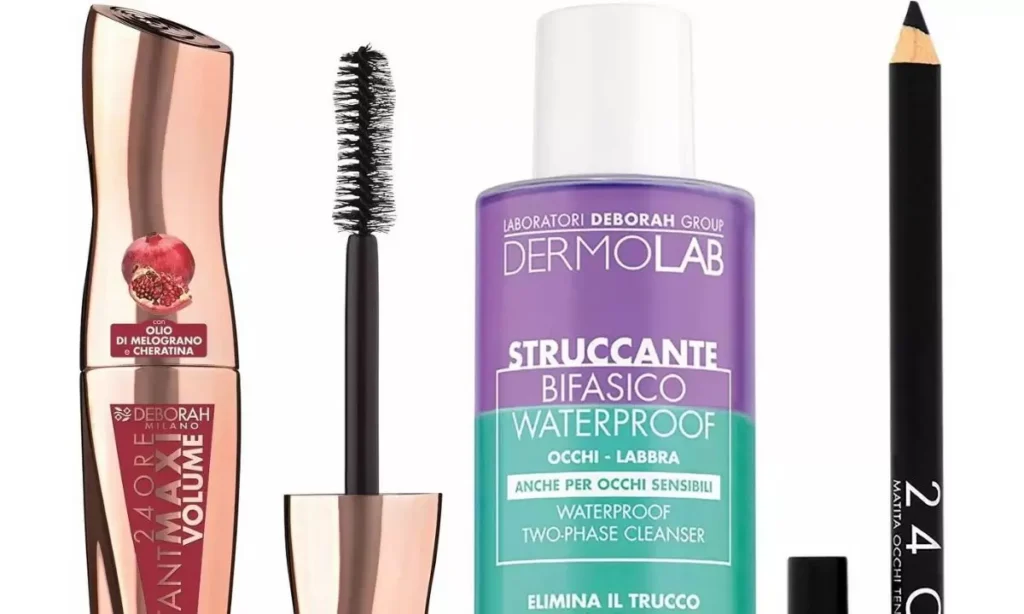
It is an eye makeup product used to darken, lengthen, volume and define eyelashes. It comes in a tube or jar with a wand brush applicator. Mascara aims to enhance the appearance of eyelashes and make them pop.
What is mascara made of?
The main ingredients that form the basis of most mascaras include:
- Oils and waxes: These condition lashes while also holding the pigment particles onto the lashes. Common oils include mineral oil, coconut oil and beeswax. They coat and moisturize lashes.
- Pigments: Carbon black is the most widely used pigment to provide mascara’s dark color. Other pigments like iron oxide provide other shades.
- Polymers: Synthetic polymers like acrylates/VA copolymers act as film formers when the mascara dries, setting the pigment and curling on lashes.
- Preservatives: Formaldehyde donors and parabens protect the mascara from spoilage by inhibiting bacterial and fungal growth.
Some secondary ingredients that add benefits include panthenol to condition lashes, carnauba wax for a glossy look and ceramides for moisture.
How do people make mascara?
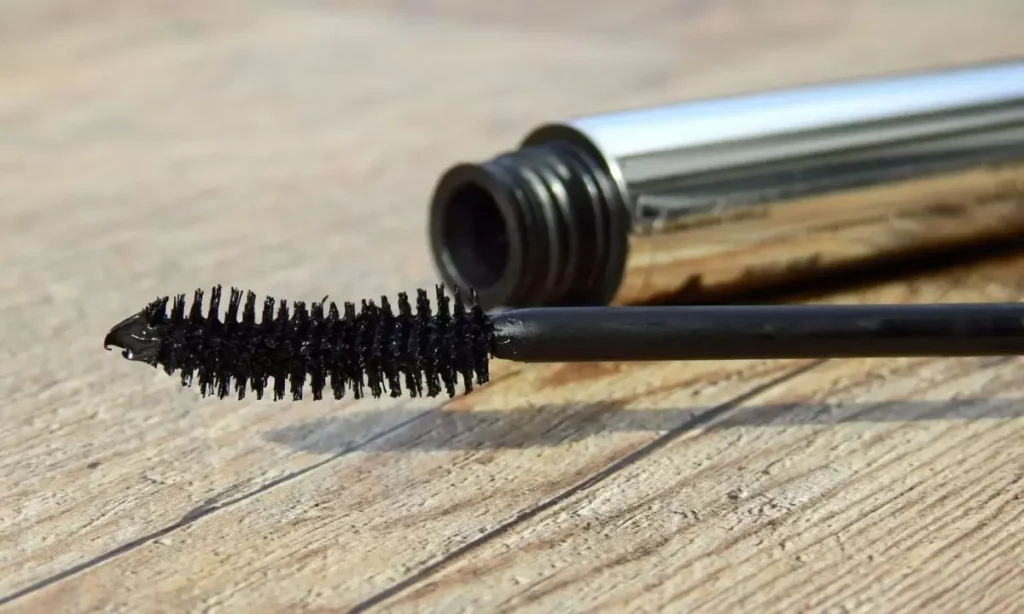
Its manufacturing involves mixing the main ingredients into a homogenous suspension or emulsion and then packing it into tubes. Its careful formulation aims to coat and set pigment while still being removable and not damaging lashes.
See the process in detail:
- Weigh and blend oils, waxes and polymers in heated vats to liquefy
- Add pigments like carbon black and disperse using high shear mixers
- Sift in preservatives under low heat to inhibit bacteria
- Cool emulsion to room temperature
- Fill tubes via automated machines
- Crimp closures and package for sale
- Undergo stability and safety testing before release
Which mascara is chemical-free?
More brands are introducing sustainable options free from controversial chemicals like:
- Au Naturale London Mascara: Made from plant oils and waxes, vegan dyes.
- Wander Beauty Mile High Club Mascara: Contains coconut, olive, and jojoba oils instead of plastic polymers.
- 100% Pure Fruit Pigmented Mascara: Conditioning fruit oils, beeswax, and natural pigments.
- Ilia Limitless Lash Mascara: Plastic free, vegan formula with nourishing floral waxes.
Always check ingredient lists to identify chemical free mascaras using simpler, natural formulations.
History of mascara ingredients
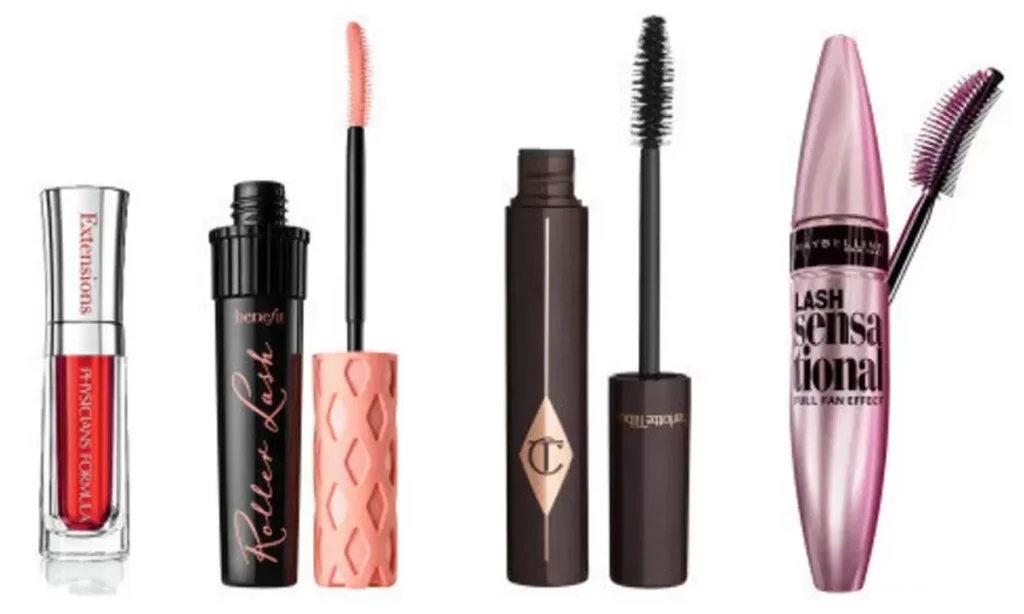
Early mascaras in the 1800s used graphite or lamp black suspended in animal fats. In the 1900s, anthracite black and other synthetic dyes replaced carbon black. Plastic polymers boomed in the 1950s to volumize lashes.
Preservatives grew from formaldehyde to parabens and now phenoxyethanol. Safety standards slowly phased out the harshest chemicals. Today’s mascaras blend performance with natural ingredients like oils and plant waxes when possible.
Is mascara made out of bat poop? (Myth debunked)
This is a commonly cited myth but untrue. While animal derived guanine (from fish scales) was used in some early 20th-century mascaras, bat guano has never been an actual mascara ingredient. Modern commercial mascaras also do not use any animal products or guano. The myth likely stems from guanine’s iridescent glow giving the appearance of bat poop. But mass produced makeup relies on synthetic and plant derived alternatives today.
Safety & regulations in mascara production
It manufacturing has safety and environmental standards to protect workers and consumers. Facilities require ventilation systems during heating and mixing. Gloves, gowns and masks protect skin and lungs from inhalation hazards.
Companies must also undergo stability testing, package integrity checks and microbial contamination limits set by the FDA before sale. Regulated preservatives and strict current good manufacturing practices ensure hygienic production.
The future of mascara ingredients
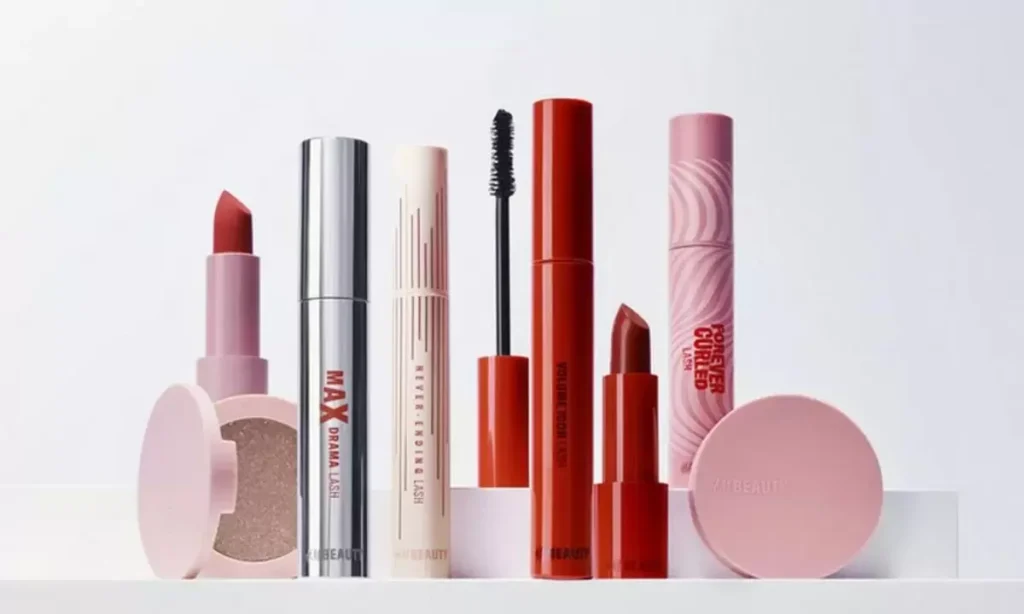
Expect to see even more innovative vegan, natural and performance boosting formulas. Researchers explore new polymeric systems from natural sources like rice and vegetable oils to limit plastic waste. High-tech humectants may nourish and strengthen lashes with peptides and amino acids.
Sustainable mascaras may utilize biodegradable packaging and formulas with shorter more transparent ingredient lists. Innovation alongside ingredients education helps consumers make mindful makeup choices.
Frequently Asked Questions
Yes, many brands offer vegetarian, vegan and cruelty-free mascaras using waxes like beeswax alternatives and coloring from natural mineral pigments.
For some individuals, common mascara ingredients like preservatives, fragrances or dyes can provoke irritation, redness and itchy eyes.
No, modern commercially made mascaras found in stores are all vegan and do not contain any animal derived ingredients like beeswax, carmine or guanine.
An unopened mascara tube or jar sterilized with preservatives can generally last 3-6 months. Once opened and exposed to air, it’s best tossed within 3 months.
Final Thoughts
Modern mascara formulations rely on careful blending of oils, waxes, pigments and polymers to safely enhance lash appearance. While some debate controversial ingredients, innovation trends towards even more natural, sustainable and performance boosting mascara recipes.
With greater ingredient awareness consumers can support brands aligning with their values like veganism and limiting chemicals of concern. Overall it offers a quick way to accentuate eyes when applied correctly and replaced according to expiration guidelines.

